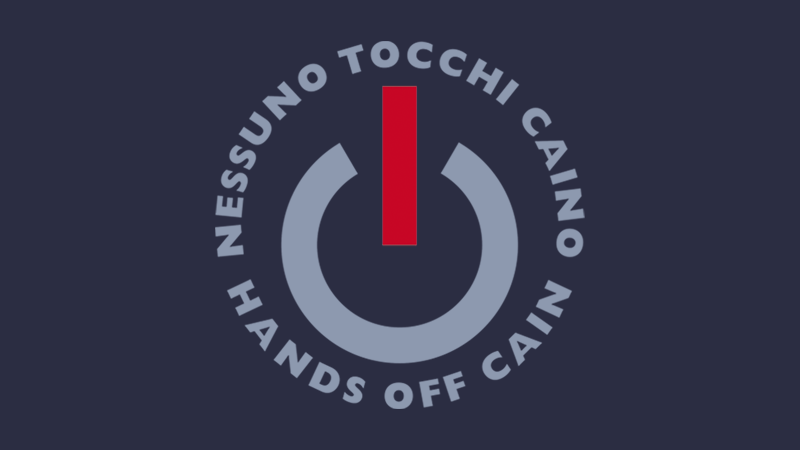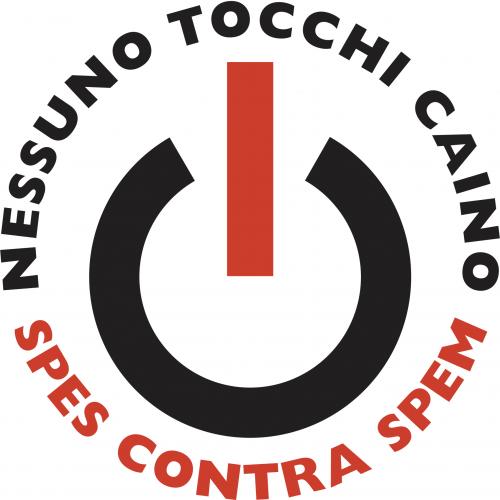12 January 2017 :
PREFACE
By Prof. Umberto Veronesi
President of Science for Peace
I have always believed that scientific research must not overlook the social implications of its findings. On the contrary, when science – be it medicine, as in my case, physics, chemistry, and so on – acquires new knowledge about human beings and their nature, it must spread it, share it and submit it to the public, so that societies can apply it in multiple ways and in an informed manner. In recent years, scientific research has made new discoveries on the nature of mankind. First and foremost, it has demonstrated that violence is not part of human biology, as genetics, anthropology and life sciences studies have shown. Our DNA is centred on the perpetuation of our species: procreating, educating, living, building knowledge, bridges and connections that make our lives safer. In short, our genome is made for life, not destruction. Murder, violence and war go against our DNA which, on the other hand, leads us towards establishing constructive relations. The latest studies in neurology have also shown that our neural system is plastic and constantly regenerating, as our brain stem cells are able to produce new cells. This is scientific proof that every human being can change and evolve during life. Finally, many studies have confirmed that violence may have an environmental component: aggressive people have often been exposed to unfavourable external factors (abuse, social or psychic disadvantages) leading them to commit violence.
Science is against all forms of violence, especially institutional violence. In particular, science is against the death penalty, as it sees it as state murder, and a contradiction in itself. If a state has the licence to kill, then so have its citizens. A state cannot kill in the name of its citizens, turning them all into murderers. Capital punishment is a way to legitimise murder. For this reason, murder rates in civilized countries that still enforce the death penalty, such as the United States, are higher than those of countries having abolished it. However, there is another form of capital punishment, called life imprisonment without parole, which offers no chance of suspended sentence. This is basically another form of death penalty, or punishment until death. A person condemned to die in a prison faces slow and ruthless agony, as he is aware he will never go back to social life. A person with no hope for the future is a person whose life has been stripped away. As Cesare Beccaria used to say, life imprisonment is even worse than capital punishment, as it prolongs death. Carmelo Musumeci, a life imprisonment convict, wrote to me in one of our many exchanges, “Please give me grace and let me die.”
Italy is one of the few remaining countries to apply life imprisonment without parole. It was introduced in the early Nineties as an emergency measure to step up the fight against Mafia, and it certainly didn’t prove to be effective. This is why the Science for Peace movement, which I created within Fondazione Umberto Veronesi, has supported the efforts of Italian campaigners for the abolition of life imprisonment.
The motives are not merely legal and juridical, but also moral, ethical, cultural and scientific. We believe in a justice system that pursues the recovery and reform of individuals, and steers clear from practices against humanity and individual dignity, as stated by article 27 of our Constitution. On the contrary, a lifelong sentence is merely a form of revenge, as it does not allow any chance of recovery, and represents an old-fashion principle, more similar to barbarian practices than modern civilization. In ancient Greece, ‘Nemesis’ represented the negative side of ‘Dike,’ the Justice goddess. The same concept applied to ethics becomes ‘restitution’ while in terms of personal conscience it represents ‘Metànoia,’ that is, renewal. The same principle was preached by Saint John the Baptist, on the Jordan River banks.
An extraordinary example of how justice has evolved towards civilization comes unexpectedly from Rwanda. In 1994, the country was devastated by a bloody tribal war, leading to the extermination of a fifth of the Tutsi people by the Hutu. The genocide reached unprecedented violence, and the Tutsi were massacred, raped, burnt alive, and mutilated. In order to rebuild a country scarred by blood and fear, whose identity was lost, Rwanda chose a form of justice based on forgiveness and reconciliation. The first step was the abolition of the death penalty. Then, the “Gacaca” justice system was introduced, consisting in open trials held in public, just like the Greek agora. After only ten years of existence, the Gacaca courts had already put all Hutu criminals on trial and judged almost 2 million cases. The large majority were acquitted or sentenced to alternative punishments. Thousands of cases were solved under the principle of reconciliation, which became widespread and established in the society and eventually gave rise to associations of genocide survivors and perpetrators, working together for reconstruction.
On the contrary, revenge is a form of justice that punishes without understanding the deep causes of a crime, hence losing its effectiveness. Many jurists believe that organized crime gangs rejoice whenever a life sentence is given, as the individual will not be given the chance to redeem himself and betray the organization. However, we are well aware that eradicating the principle of revenge from public opinion will require sustained collective efforts. It is mostly a cultural issue, rather than a juridical or political one. But we also know that cultural evolution is possible, as it has happened before. Not only in Rwanda, a country so far away from us, but also in Spain and Portugal, as well as in many Latin American countries, including Brazil, Colombia and Venezuela.
Our model should be Norway, where the longest sentence that a Court of justice may give is 21 years of custody, 60% of sentences are shorter than three months, and 90% last less than twelve months. If we look at available data, this system seems to work. Studies have shown that, after two years from their release, only 20% of former convicts re-engage in crime, which is one of the lowest rates in the world.
The principle on which the Norwegian criminal system is based is that prisons are like schools. Inmates live in acceptable conditions and become involved in educational and recovery programs, which last for the whole duration of their sentence. I would like to end with a quotation from Giuseppe Ferraro, a philosopher, who said: “The degree of civilization in a country is to be seen in its prisons and schools. When schools are no longer prisons, and prisons become schools, we will be living in a civilized country.”








